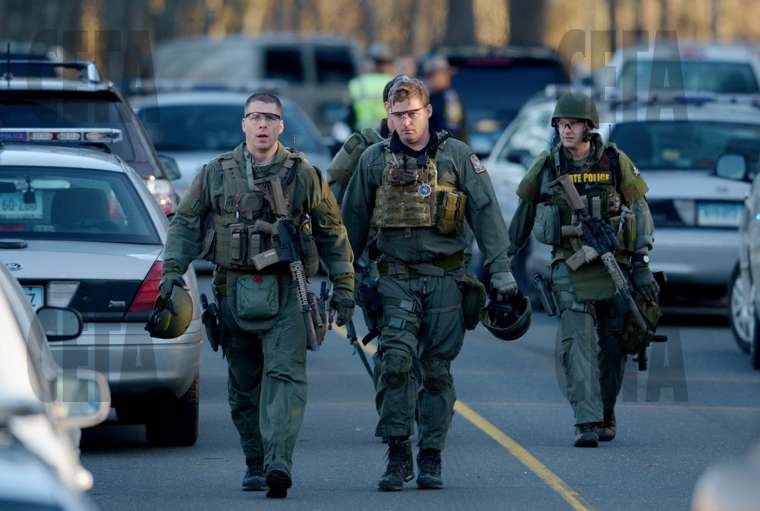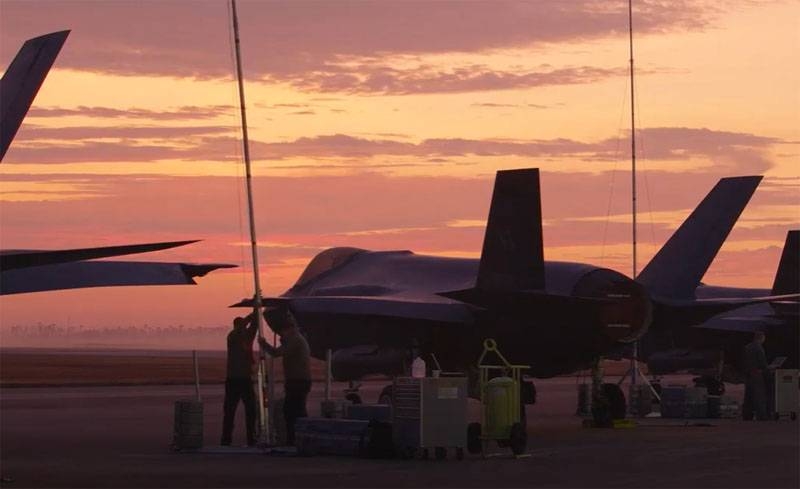
(recommendations for law enforcement officers)
Recommendations were prepared on the basis of studies of the California Commission standards and the training of officers of law enforcement agencies and the Federal Bureau of Investigation. FBI collects information on the killed and attacked staff, beginning with 1945 of the year, The Commission collects such data, beginning with 1980 of the year. The suggestions below are prepared on the basis of the analysis conducted by the FBI 1995 by 2004 godov.12 critical elements of modern firearms training (recommendations for law enforcement officers)
1. Prepare for the rapid, spontaneous and deadly attack.
Based on the statistics of the use of firearms, we can conclude, that the knowledge of tactics and techniques of melee weapons is critical to the survival. Personal communication with unknown people is a big part of the daily routine law enforcement. To communicate effectively you need to be close enough to the man, you are talking. The difficulties start to arise, when some of these people suddenly turn into "bad guys". By now, when it happens, Training on the removal of weapons and firing from different positions at close range, retention and control of weapons, the skills of martial arts, and other required training for combat at close range becomes crucial.
2. Get ready to attack several people in the presence of random people.
Statistics show, what in 60% of attacks were carried out by more than 1 hitter. At the same time it is necessary to take into account the possible existence in the place of collision of random innocent people. Just take into account the fact, that when you call home, or similar cases,, family members may become out of watching innocent in aggressive law enforcement personnel people. Learn to break the phenomenon of "tunnel vision" and hit multiple targets, taking into account the presence of random people, based on the method of musketry "shoot / do not shoot", this will significantly increase your chances of survival and reduce the impact of various types of interference.
3. Train sudden transition to the firing of the provisions of the arrest of a suspect or control, including search and handcuffing.
Quite a lot of potentially dangerous cases occur, when an employee searches or tries to handcuff a suspect. A sudden transition to the use of firearms can be extremely dangerous for the employee, if he is not trained in the necessary techniques to respond. The main preparation errors here are forgetful employee increase the distance by increasing the danger or the presence of handcuffs in his hand when taking out weapons.
4. Base their training on the fact, that the majority of employees were killed at close range.
Statistics clearly points to the fact, that most shootings occur at close range. But it does not mean, that it is necessary to practice shooting only at close range. Just when preparing consider this fact, and if a similar situation is brewing, try to be as large as possible to increase the distance. For a better awareness of the need to increase the distance, imagine shooting a criminal, moving directly to an employee, Also, this example demonstrates the need for the rapid and efficient movement in a variety of critical situations.
5. Bases its training on the fact, that the employee will have limited fine motor control and general.
We must all be prepared to, that our body undergoes various psychological responses during combat situations. manual dexterity and skill is, as will be discussed further. When in an emergency blood moves away from the extremities to the body and rushes, we lose a few in the engine control our fingers and hands. Unfortunately, Such bases precision shooting as the correct product release will be one of the first lost. before panic, that follows this statement, necessary to reiterate, that learning the basics of proper shooting is basic and should be carried out in the compulsory measure! But consider the fact, that in stressful situations your motor control will be degraded.
6. Integrate training in realistic scenarios to work in pairs and groups, with the assistance of a cover.
Only that, that your employees know how to safely and effectively hit multiple targets, efficiently recharged and move from one hiding place to another does not mean, they know, how to do these same things at the same time with two or three other colleagues, running around them and trying to do the same things, at the same time. Where I sent my trunk? Where's my partner? Where is aimed the barrel of my team-mate? Good tactical communication is critical at this point! Shall chase a group of 2-3 people through a variety of realistic scenarios. Use of the target set in different locations and configurations. Put a tight group when firing, to partners sleeves blows delivered to them the inconvenience. Bring them to a state training, when they are deeply subconscious control the direction of its trunk, understand the need for communication, when you want to move, recharge and fight.
7. Achieve a victorious attitude of consciousness and the desire to survive at the employee during all sessions.
quite often the, what you enter into battle and get out of there. The presence of the victorious mood and positive attitude will only increase the chances of survival employee. Despite, that the work of law enforcement bodies is dangerous enough, there is also a pretty big risk of becoming a victim of not only the service, but at other times. Often, the greatest danger, facing it in the mirror. In particular, high impact movies on the vision of many people about the realities of the conflict fire, which shows, people fly off to 3 m to the garbage cans from defeat only one pistol bullet. Clint Smith (a well-known instructor in shooting, ca.. translation) He speaks, that if you fight, You can hit, If you participate in a knife fight, you can cut, if Firearms battle, you can shoot. This does not mean, that the fight is over, it just says that, that the fight could end up a little bit wrong for you, as originally planned. Know, how to shoot, recharged and eliminate latency with one hand (left and right) very important. Employees must be confident of being able to win the battle, even if they are injured. Just knowing these techniques adds confidence.
8. Practice shooting with one hand, how strong (leading) and a weak hand, it concerns the removal of weapons, Recharge and eliminate delays during the shooting.
Quite a lot of shootings going on while holding the weapon with one hand and shooting with one hand sometimes (depending on the situation) can give some tactical advantages. Even if you are not injured, the traditional two-handed grip may be impractical or dangerous situations shelter use / cover. For safety reasons, one-handed grip is better to train in small groups. Considering that, that the staff will handle weapons in an unconventional and inconvenient manner, control the direction of the barrel is particularly important.
9. Train personnel search and clean-up of buildings and shooting indoors.
When the family returns home and sees its embossed door, They call the police. There leaves SWAT group? Of course not – directed to the nearest patrol car. Alone or in pairs, every employee should know, how to implement the base action technique smokers: input, orientation in buildings, cleaning rooms. They should know and be guided in such matters, as, and in which direction the door opens, If you see a loop, skip the body parts around the corner, do not lean against the wall when moving and not stand in the doorways. one thing, When you shoot at a shooting range, standing on the line, and another thing, When you train in the building and had to be on the alert to 360 degrees around the perimeter.
10. Train in low light or no light is also much, as well as in daylight.
Because 70% and a shooting collision occurs in the service in low light conditions, adequate training when shooting with lighting tools can not be underestimated. Identification of objectives and identification of threats should be given enough time for a given preparation. Keep in mind, that the lamp may need day, as well as at night, because you never know, where you can be. Lamp, that you use at work, It has a huge impact on, how you handle your weapon and eventually, you will fight. Based on this, you have enough confident to use them in a wide variety of tactical situations. If you also use laser designators, then you must also have enough time to give training to them.
11. Learn the technique of "shooting after going" and "shooting while driving".
If you keep a clear stance in the fight, then you're doing something wrong. If you move, or you rip the distance or move to a shelter. The ability to effectively fire while traveling gives you a very significant tactical advantage. It also increases your chances of survival and reduces the likelihood of accidental destruction of, where you do not want to go. Remember, what, shooting while driving, you have to move no faster, than you can get, see and, in some cases,, hear.
12. Train to shoot at moving targets, how you, and in parallel.
Workout shooting at moving targets has already become mandatory among US law enforcement agencies. When was the last time you were in violent conflict situation, and someone was sitting quietly at the same time? Considering that, that move became an integral part of gunshot conflicts, the possibility of fire safely and accurately at moving targets can be a great advantage for the employee. It is important to learn to shoot at moving targets as you / from you, and in parallel, because each of these situations requires a specific set of employee skills.
Authors: Benk Miller, ben Kurata, Action Target Academy
Transfer: Milyukov Alexander











